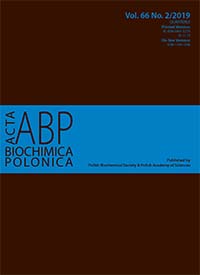Dietary quercetin abrogates hepatorenal oxidative damage associated with dichloromethane exposure in rats
Quercetin abrogates damage associated with dichloromethane
Abstract
Exposure to dichloromethane (DCM), a commonly used chlorinated solvent in industrial settings and for the production of many household products, reportedly elicits detrimental effects in animals and humans. The present study investigated the protective role of dietary quercetin on DCM-induced hepatorenal damage in rats. Experimental rats were orally administered with DCM (150 mg/kg) and 30 min later with quercetin at 10, 20 and 40 mg/kg or none for 7 consecutive days. The results indicated that DCM-mediated significant (p<0.05) increases in serum alanine aminotransferase, aspartate aminotransferase, gamma glutamyl transferase and alkaline phosphatase activities as well as urea and creatinine levels were dose-dependently normalized to the control values in rats co-treated with quercetin. Further, quercetin co-treatment ameliorated DCM-mediated decrease in the hepatic and renal activities of superoxide dismutase, catalase, glutathione peroxidase and glutathione S-transferase as well as glutathione level in the treated rats. Moreover, quercetin co-treatment markedly reduced lipid peroxidation level and protected against histological changes in liver and kidney of the treated rats. Taken together, quercetin abrogated hepatorenal oxidative damage in DCM-treated rats via improvement of antioxidant status and suppression of oxidative damage.
Acta Biochimica Polonica is an OpenAccess quarterly and publishes four issues a year. All contents are distributed under the Creative Commons Attribution-ShareAlike 4.0 International (CC BY 4.0) license. Everybody may use the content following terms: Attribution — You must give appropriate credit, provide a link to the license, and indicate if changes were made. You may do so in any reasonable manner, but not in any way that suggests the licensor endorses you or your use.
Copyright for all published papers © stays with the authors.
Copyright for the journal: © Polish Biochemical Society.


